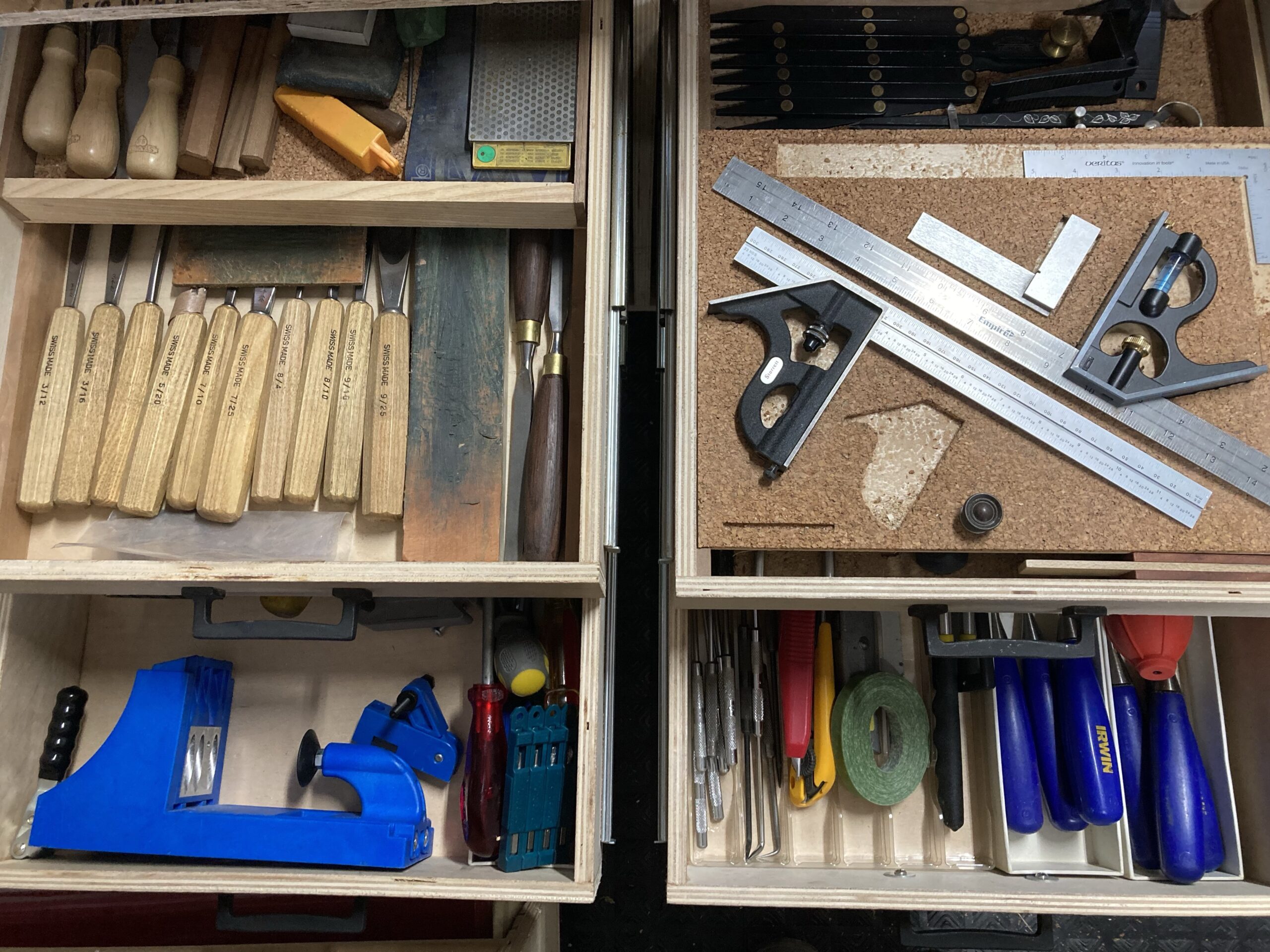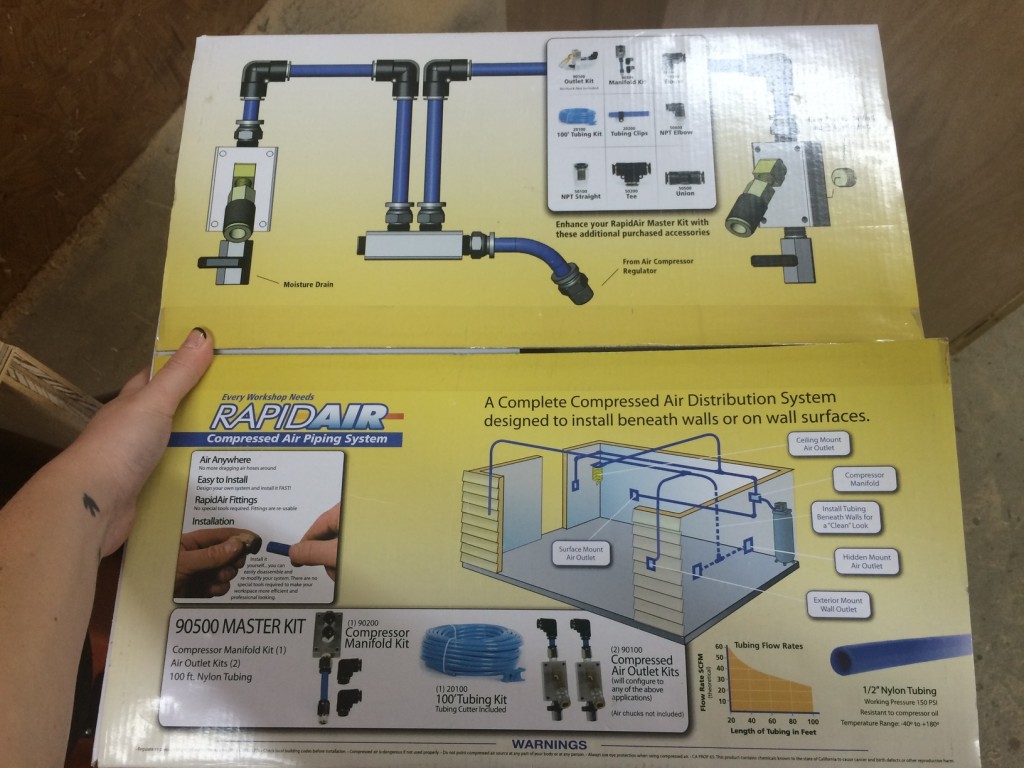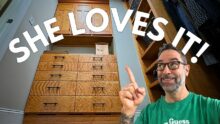I spend a good deal of time organizing things and processes to facilitate efficiency. This may come in the form of organizing tools in a drawer where I can find them, building or modifying a tool, or designing and speed testing a process. Sometimes, the amount of time that I invest in creating this organization is greater than the time savings I will ever yield, but it is still worth it to me. This is because organization leads to efficiency, which in turn allows a more streamlined, automatic process, and that reduces the amount of thought required to complete the task. This ultimately means that I need to redirect less of my attention and thought and whatever I’m working on is more likely to continue with that distraction, and be completed sooner since less time is required.
Here are some specific examples of things that I do in the shop to allow my work to progress with less disruption to my thought process, so I can continue to keep my mind more on the big picture and less on the little tasks.
Keep tools at hand. There are certain tools that I use frequently in certain places. These include a tape measure, steel rule, and pencil. I keep them in specific places at the workbench, bandsaw and tablesaw so that I can pick them up almost without looking.
Reduce time spent doing peripheral tasks. It’s inevitable that a project will require tasks not directly related to it, such as sharpening a chisel. To ensure I get back to the project quickly so as to not lose focus and forget my place, I optimize the process for speed without sacrificing results. I prefer easy-to-sharpen tool steels such as O1, and use a diamond stone and strop which don’t require water (an extra step if not already set up, and more mess). When sharpening takes less than a minute (sometimes, I don’t even bother taking the sharpening equipment out of the drawer – I just use it in place!) and almost no thought, I can keep thinking about my project.

Organize the shop. When organized, I can find anything I need quickly and the most-used things are most accessible. The most used things are in neatly-organized drawers that don’t require rummaging, or at the front of shelves that I can reach. Less frequently-used items are at the back of shelves, on higher shelves that I need a ladder to reach, or in boxes tucked out of the way.

Keep it tidy. Although I don’t like to interrupt my work to clean up, I do make an effort to put things away and clean up when I am not in the middle of working. Sometimes that means putting away tools on the bench after a work session, or coming into the shop for a few minutes and dealing the scraps of wood on the floor.




